Solenoid valves are electromechanical valves used to control the flow of liquids or gases. Manufacturers produce solenoid valves for those seeking a mechanism that offers services such as: releasing, mixing, shutting off, dosing or distributing fluid or gas. Read More…
Solenoid Solutions manufacturers custom direct-acting 2 and 3-way solenoid valves and multi-valve manifolds for OEMs in the medical, appliance, transportation, power generation and industrial equipment markets.
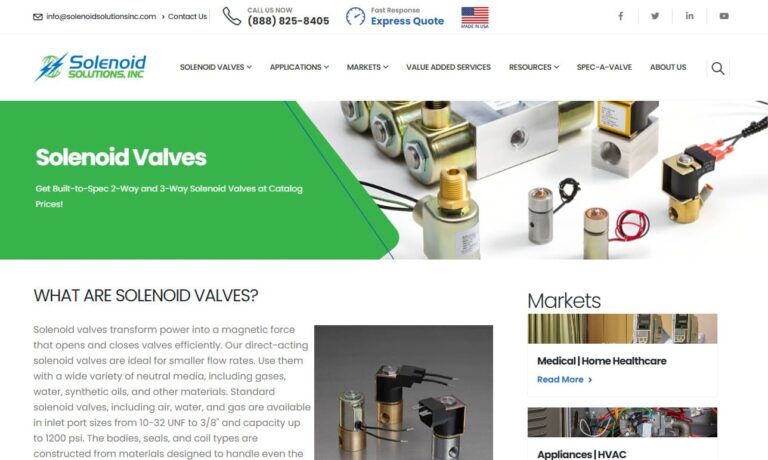
Our solenoid valves are all tested in house following very strict quality guidelines. We opened our doors in 1936 and ever since then we have been committed to bringing top of the line products and customer service that cannot be beat!
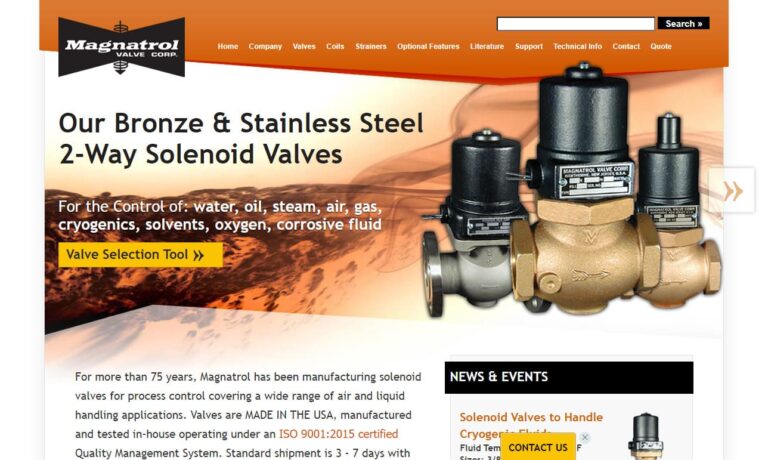
At Electric Solenoid Valves, we specialize in providing comprehensive solutions for solenoid valves, tailored to meet the diverse needs of our valued clientele. With expertise in fluid control systems, we have established ourselves as a trusted leader, known for our unwavering commitment to quality, innovation, and customer satisfaction. Our product offerings encompass a wide range of solenoid...
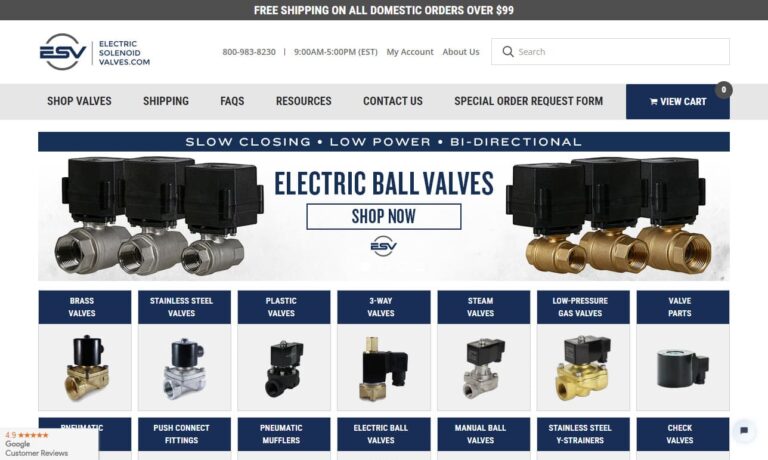
Deltrol Controls manufactures and designs a full line of stock and custom solenoids, electrical relays, dispensing valves, and custom switch assemblies. Customer satisfaction is our number one priority so we employ talented workers and stay up-to-date with the latest technology. Whatever your specific need is, Deltrol Controls has the solution. To receive a quote or more information please...
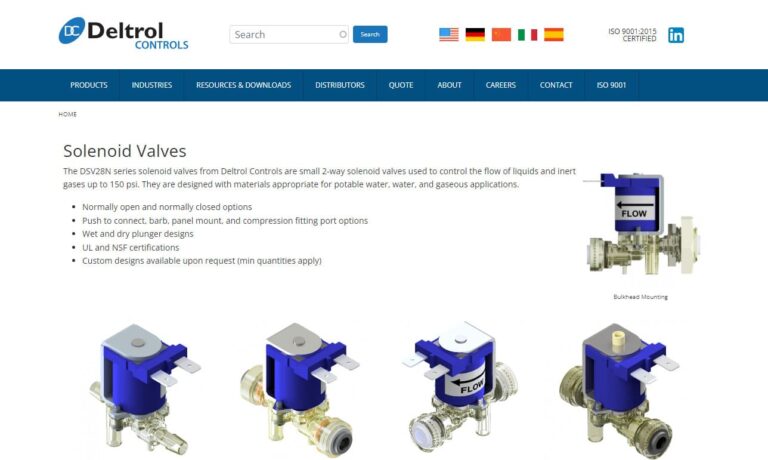
Versa® Products offers a wide range of pneumatic control valves, air valves and solenoid design. We have maintained our commitment to quality products and services since our company was established in 1949. We are a solenoid valve manufacturer, offering solenoids in brass and stainless steel.
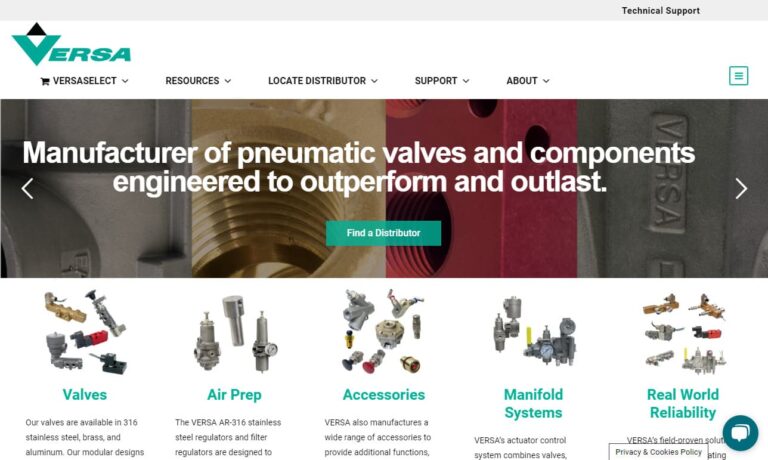
More Solenoid Valve Manufacturers
Solenoids are highly favored across many industries due to their safe and swift switching capabilities, reliability, longevity, and compact design. While they find widespread use in numerous sectors, they are particularly prevalent in residential, appliance, industrial, and commercial applications.
Common uses of solenoids include refrigeration, HVAC and air conditioning systems, power washing, agricultural air conditioning, pneumatic and hydraulic systems (such as motors, cylinders, and buffers), compressed air systems, automotive engineering, and various household appliances.
The History of Solenoid Valves
The evolution of the solenoid valve kicked off in 1910, with ASCO Numatics manufacturing the first solenoid control valve. By the 1950s, manufacturers had transitioned to plastic-molded solenoid valves, which enhanced efficiency, reliability, and resistance to corrosion and chemicals.
The trend of advancements persisted into the late 20th century. In the 1970s, automatic shut-off solenoid valves emerged, offering safer and more user-friendly alternatives to manual shut-off valves.
Global governments and independent organizations established solenoid valve standardizations in the 1990s. These standards facilitated international trade, simplified company collaborations, and made maintenance easier. Today, updated standards also limit the use of hazardous substances in valve production, enhancing their environmental friendliness. Modern innovations in valve fabrication and usage now prioritize health and sustainability.
Design
Production Process
Manufacturers craft solenoid valves through various methods including CNC machining, laser welding, injection molding, and coil winding. After fabricating the individual components, they proceed with assembly.
The essential components include the solenoid valve coil, the valve itself, an inlet port, an outlet port, a spring, an orifice, and an actuator. Often, these valves also feature seals to ensure proper function.
Materials
Manufacturers have a wide array of materials at their disposal to construct solenoid valves, showcasing the product’s adaptability. These materials range from plastics like PVC, natural polypropylene, PTFE, and CPVC to metals such as stainless steel, bronze, aluminum, and brass. The seals, commonly made from rubber materials like Viton or NBR, can occasionally be made from stainless steel for added durability.
Design and Customization
The design of a solenoid valve is dictated by specific application requirements, which include the nature of the fluid or gas (its corrosiveness, hazardousness, viscosity, acidity, etc.), the operational environment, usage frequency, and compliance with application standards. Based on these criteria, manufacturers select design elements such as valve size, material, type, configuration, and the number of ports.
Suppliers offer extensive customization options to tailor the solenoid valve system to specific needs, empowering users to make the best choices for their applications. Typically, valves have two connection areas and one orifice, but they can be designed with three connection areas and two orifices. While standard designs usually operate on a 12-volt DC power source, custom options can include 3-volt, 6-volt, or 24-volt power sources. Additionally, they can customize features like pressure levels, spring return mechanisms, and valve sizes to meet unique specifications.
Features
Solenoid valves operate through two primary components: a solenoid coil and a valve. The coil is a magnetized wire that springs to life with electrical charges, emitting a current that creates a magnetic field. This field transforms electrical energy into mechanical energy, moving the actuator. The actuator, an extension of the valve with an attached string, shifts the valve between open and closed positions.
Solenoid valves come in two types: normally closed (NC) and normally open (NO). In NC valves, a plunger held by the solenoid coil blocks the current flow. To allow flow, an electromagnetic charge is sent through the coil, lifting the plunger. Conversely, NO valves remain open until the solenoid is activated, which then closes the valve.
Types
Solenoid valves are categorized by three general components to aid manufacturers in selecting the optimal valve:
Material Being Controlled: Examples include solenoid water valves and solenoid air valves.
Valve Construction/Design: Types include proportional solenoid valves, 3-way solenoid valves, and plastic solenoid valves.
Power Source: Examples include 12-volt solenoid valves and pneumatic solenoid valves.
Solenoid Water Valve
Also known as hydraulic solenoid valves, these valves direct water flow using pilot-operated, normally open mechanisms.
Solenoid Air Valve
Also called gas solenoid valves, air valves, or pneumatic solenoid valves, they regulate air and gas flow with diaphragms and gas pressure. They can handle both regular pressures, like those for home heating and cooling, and extremely high pressures, like those for power tool operation.
Proportional Solenoid Valve
These valves offer advanced flow control capabilities, allowing for variable flow proportionate to the electrical control signal.
Twelve-Volt Solenoid Valve
Twelve-volt solenoid valves carry 12 volts, supplied by its DC power source. (Twelve volts are standard.)
Solenoid valves are either pilot-operated or direct-acting.
Pilot-Operated Solenoid Valve
Combines either a hydraulic or pneumatic valve with a smaller solenoid valve, using a diaphragm to create differential pressure and control flow.
Direct-Acting Solenoid Valve
Utilizes a plunger that directly engages the orifice to control the flow of the substance.
Semi-Direct Operated Solenoid Valve
It combines the features of direct-acting and indirect-acting valves, making it ideal for high flow rates and capable of operating from 0 bar (0 psi).
High Pressure Solenoid Valve
High-pressure solenoid valves are perfect for flow control in environments with dangerous machinery or inaccessible lines, where other valves cannot be used.
Stainless Steel Solenoid Valve
With a stainless steel body, these valves are resistant to corrosion and abrasion, suitable for chemical processing applications.
Miniature Solenoid Valve
Ideal for sensitive medical equipment, including biotechnology devices, portable medical tools, and gas analyzers.
Butterfly Valve
Regulates or isolates fluid flow using a rotating disc positioned in the center of a pipe.
Actuated Ball Valve
Contains a ball with a small hole and an actuator that rotates the ball to start or stop the flow, commonly used in high flow applications.
Tubular Solenoid Valve
These tube-shaped valves are generally used with DC power applications.
Poppet Valve
Also known as mushroom valves, these control engine air/gas flow quantity and timing with a disc-shaped tapered plug.
Brass Solenoid Valve
Suitable for non-corrosive substances like inert gas, water, or light oil, but not for highly corrosive substances.
PTFE Solenoid Valve
Made from PTFE (Teflon®), these valves are excellent for handling harsh gases and corrosive fluids.
Advantages of Solenoid Valves
Choosing a solenoid valve offers numerous advantages. With fewer moving parts compared to other types of valves, solenoid valves require less maintenance. They can be operated remotely, which is especially valuable in hazardous environments. Additionally, they can be designed for portability. Solenoid valves are also versatile, functioning with either hydraulic or pneumatic power.
Accessories
Common accessories for solenoid valves include connectors, manifolds, screws, gaskets, and indicator lights. Among these, connectors are the most frequently used, as they facilitate the assembly of more complex valve systems. Consult with your manufacturer to determine the best accessories for your specific needs.
Installation
Whether you choose to install your valves yourself, have your supplier handle it, or hire a professional, all options are perfectly acceptable. If you decide to take on the installation yourself, follow these guidelines and the manufacturer’s instructions to ensure a successful and reliable installation.
Position solenoid valves at crucial points to ensure the system functions optimally for years. Ensure they are installed in a dry, well-ventilated area to prevent overheating and adverse reactions. Look for an arrow on the valve body indicating the flow direction and install it accordingly.
Proper Care for Solenoid Valves
With proper maintenance, your solenoid valves can have a long lifespan. Regular cleaning on a set schedule is essential. Using the right tools, such as those in a maintenance kit, allows you to clean without fully disassembling the valve assembly. Besides routine cleaning, address any leaks, excessive noise, or sluggish operation immediately by cleaning the valves.
To enhance the performance of your valve system, it’s crucial to avoid using incompatible fluids. These can cause premature wear and damage to your valves. Therefore, it’s important to be cautious and attentive to the fluids you use. Also, prevent freezing of substances inside the valve, and always maintain the contents at appropriate temperatures and pressures.
Standards
The standards for your solenoid valves depend on their application, the industry, and the location of use.
For instance, if your valves will contact drinking water, they must be lead-free. In the United States, drinking water and plumbing codes stipulate that RO (reverse osmosis) equipment must be NSF (the National Science Foundation) certified and comply with NSF 61-G, a regulation ensuring lead-free materials. For international applications, solenoid valves must be certified lead-free by NSF International and accredited by both ANSI and the Standards Council of Canada.
Additionally, the National Electrical Manufacturers Association (NEMA) provides standard designations for valve suitability. Generally, a higher NEMA type number indicates the valve can endure harsher conditions. For example, NEMA Type 1 valves are suitable for indoor use, while NEMA Types 7 and 9 are designed for environments with explosive dust or vapors.
Things to Consider
When selecting solenoid valves for your application, ensure your chosen manufacturer can fulfill all your specifications, including certifications, lead times, and budget constraints. Opting for quick-shipment programs can sometimes be more advantageous than standard shipping options, so be sure to discuss this with potential suppliers. Additionally, prioritize manufacturers that provide robust support systems, including installation assistance, onsite training, and ongoing consultation, maintenance, and parts replacement services.
Most importantly, work with a manufacturer you can trust. To find a reliable and experienced supplier, check out our comprehensive list on this page.
Check out our Solenoid Valves website
Check out our Linear Actuators website

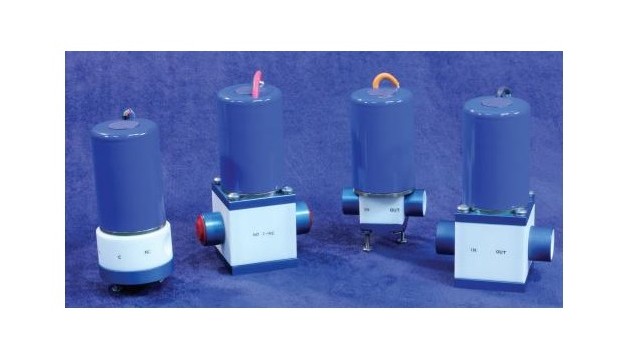
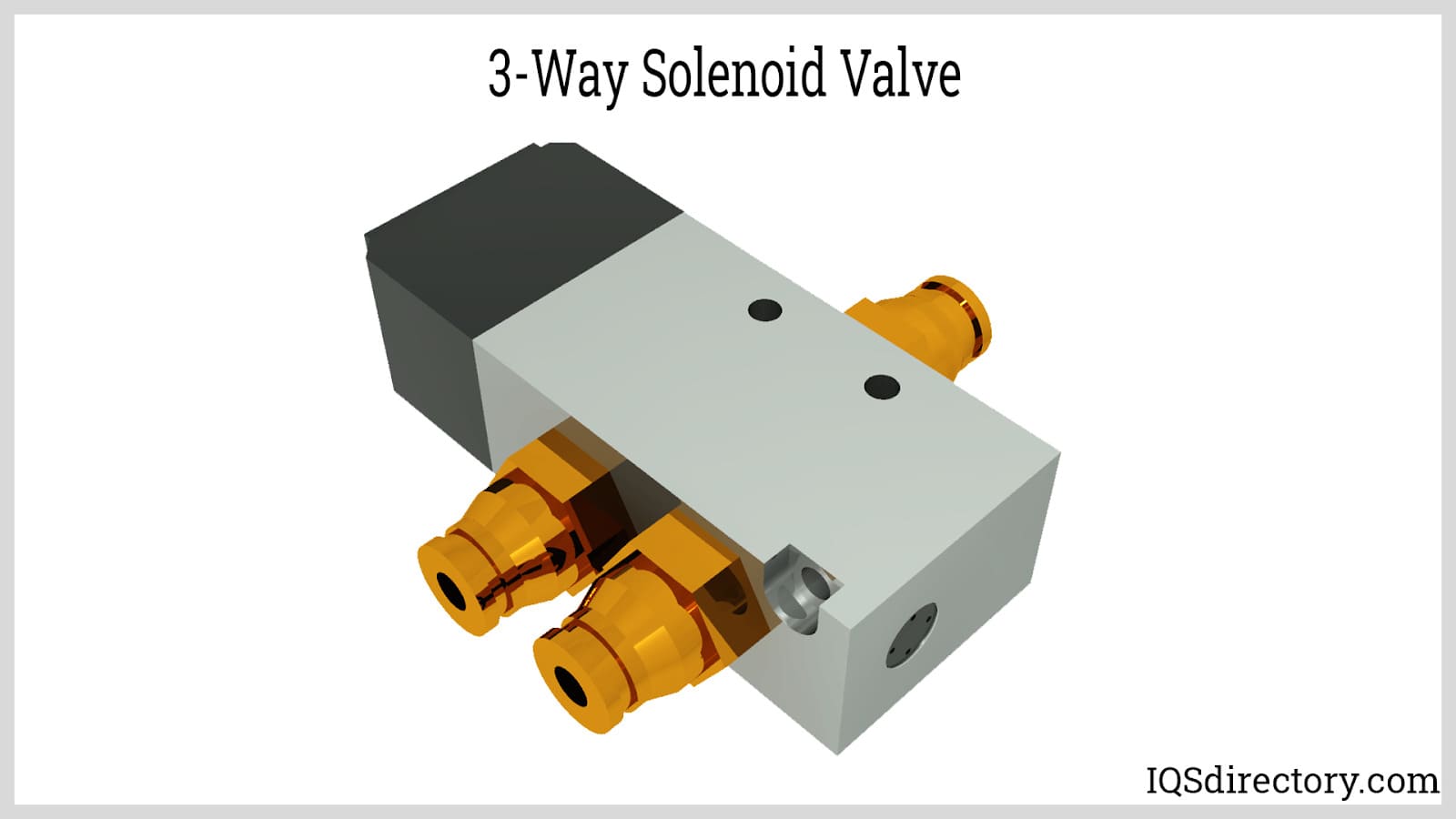
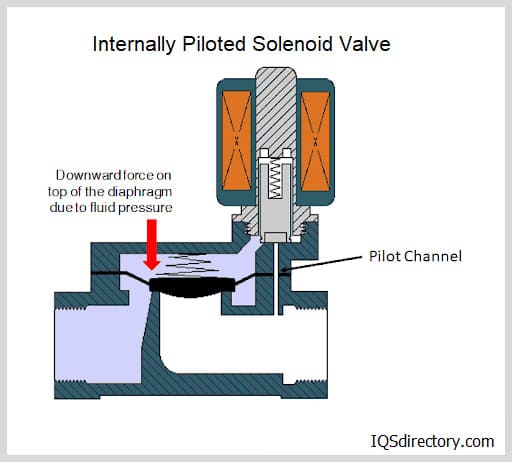
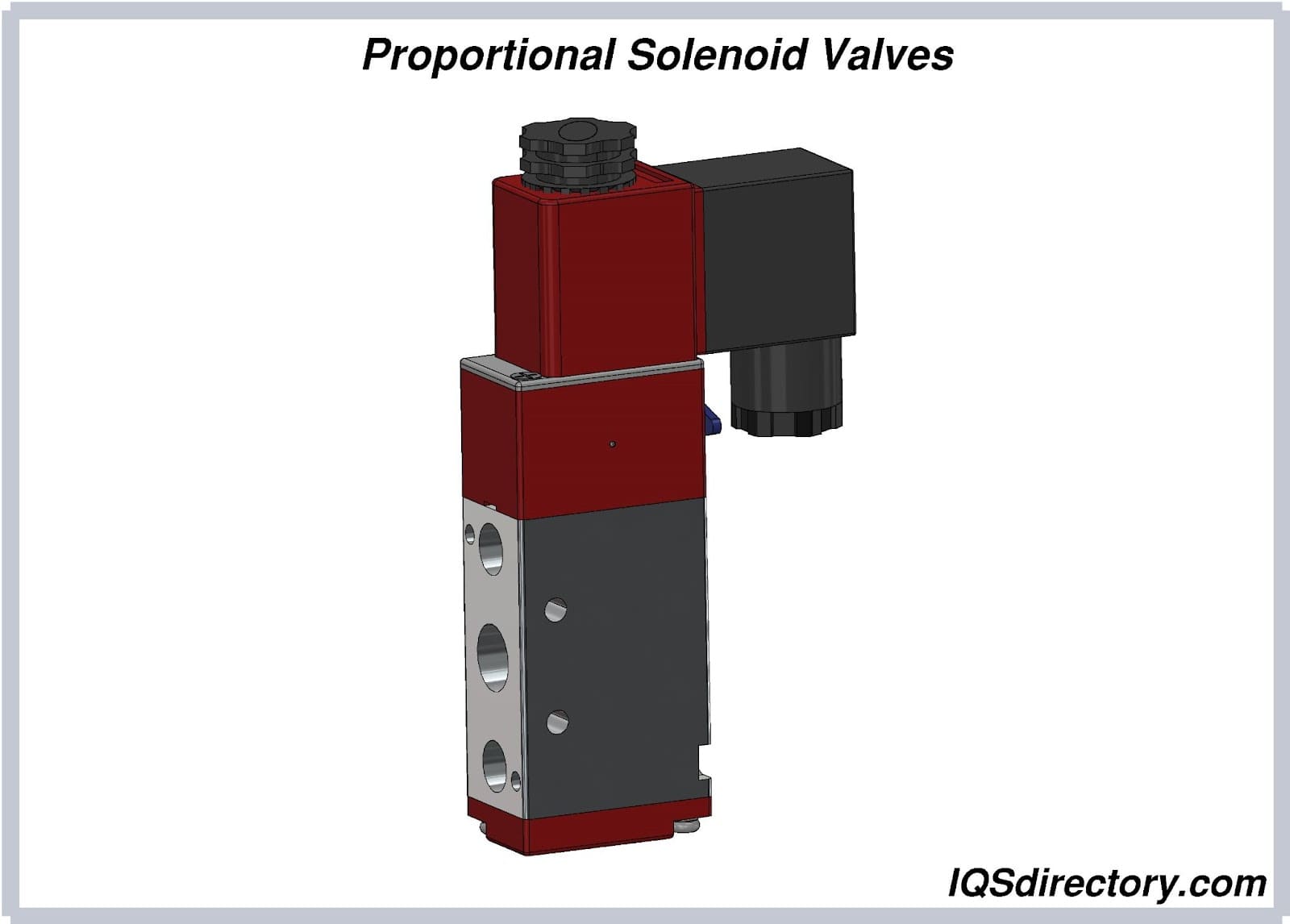
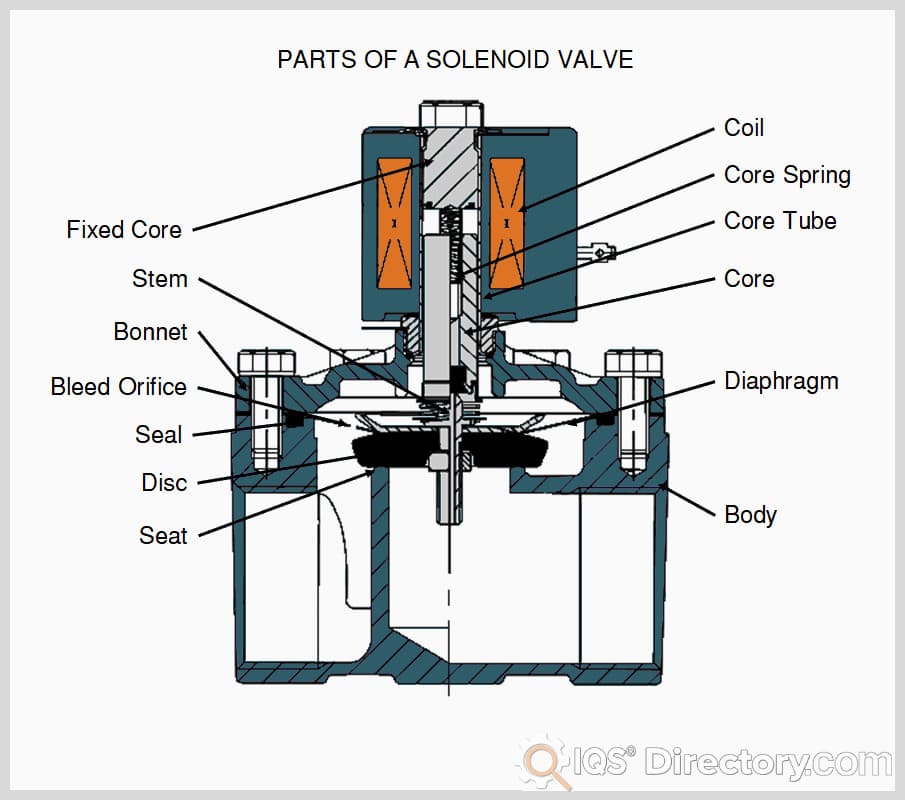
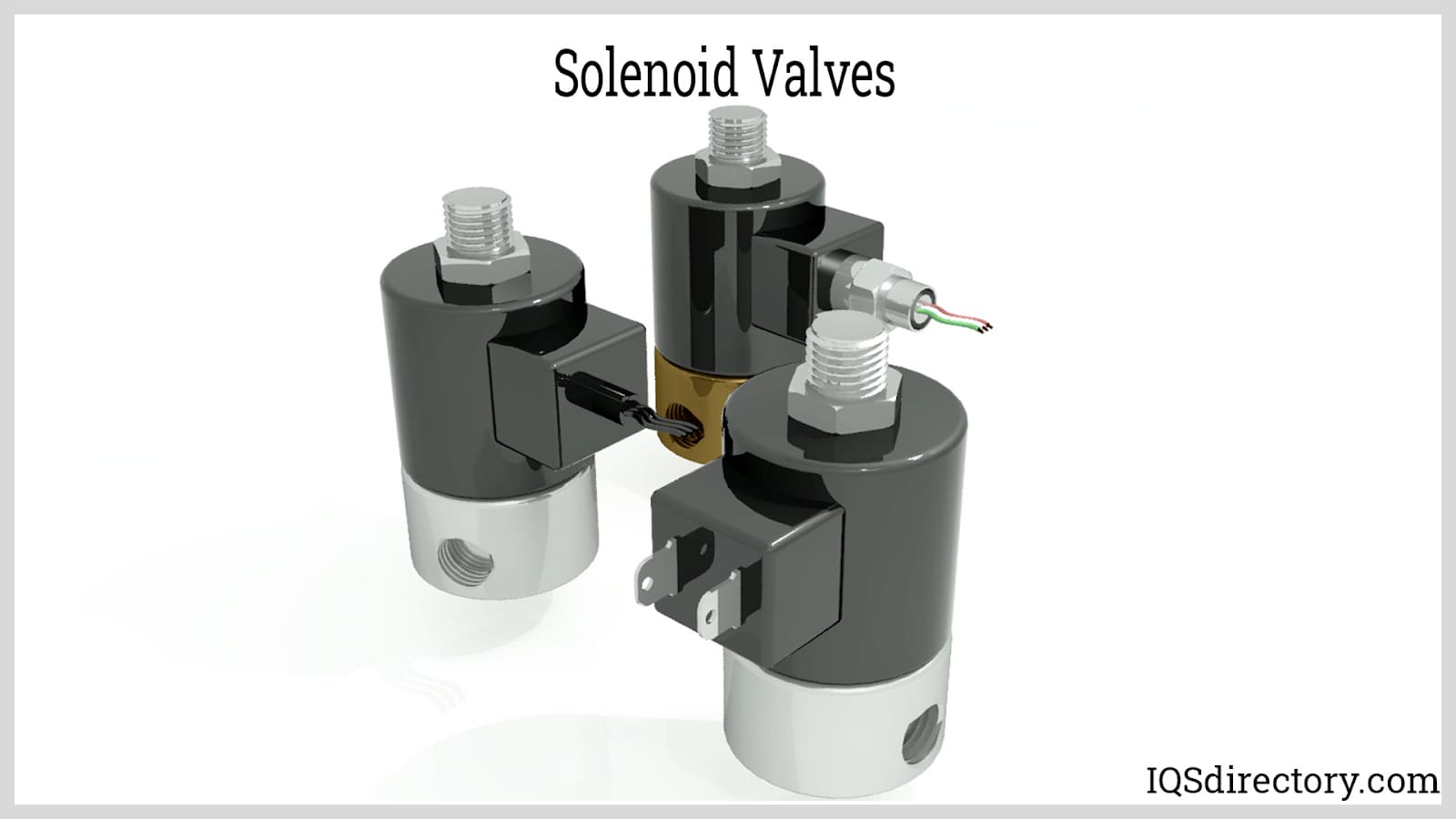
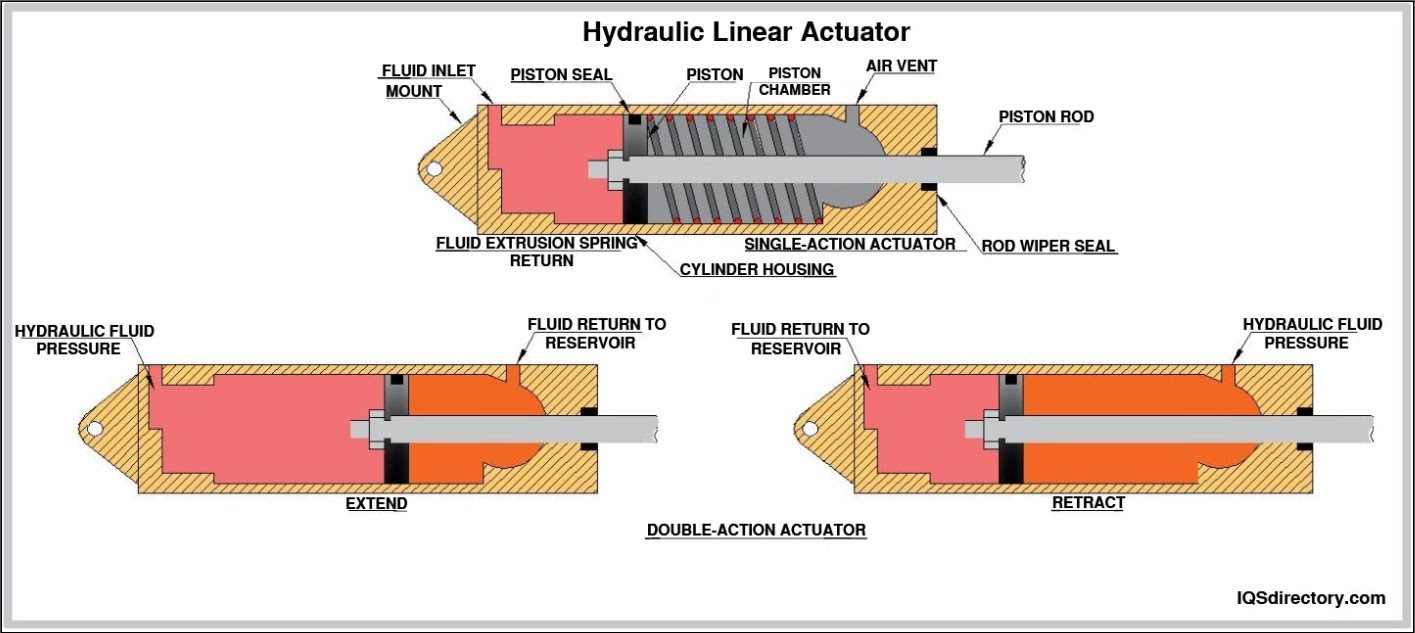
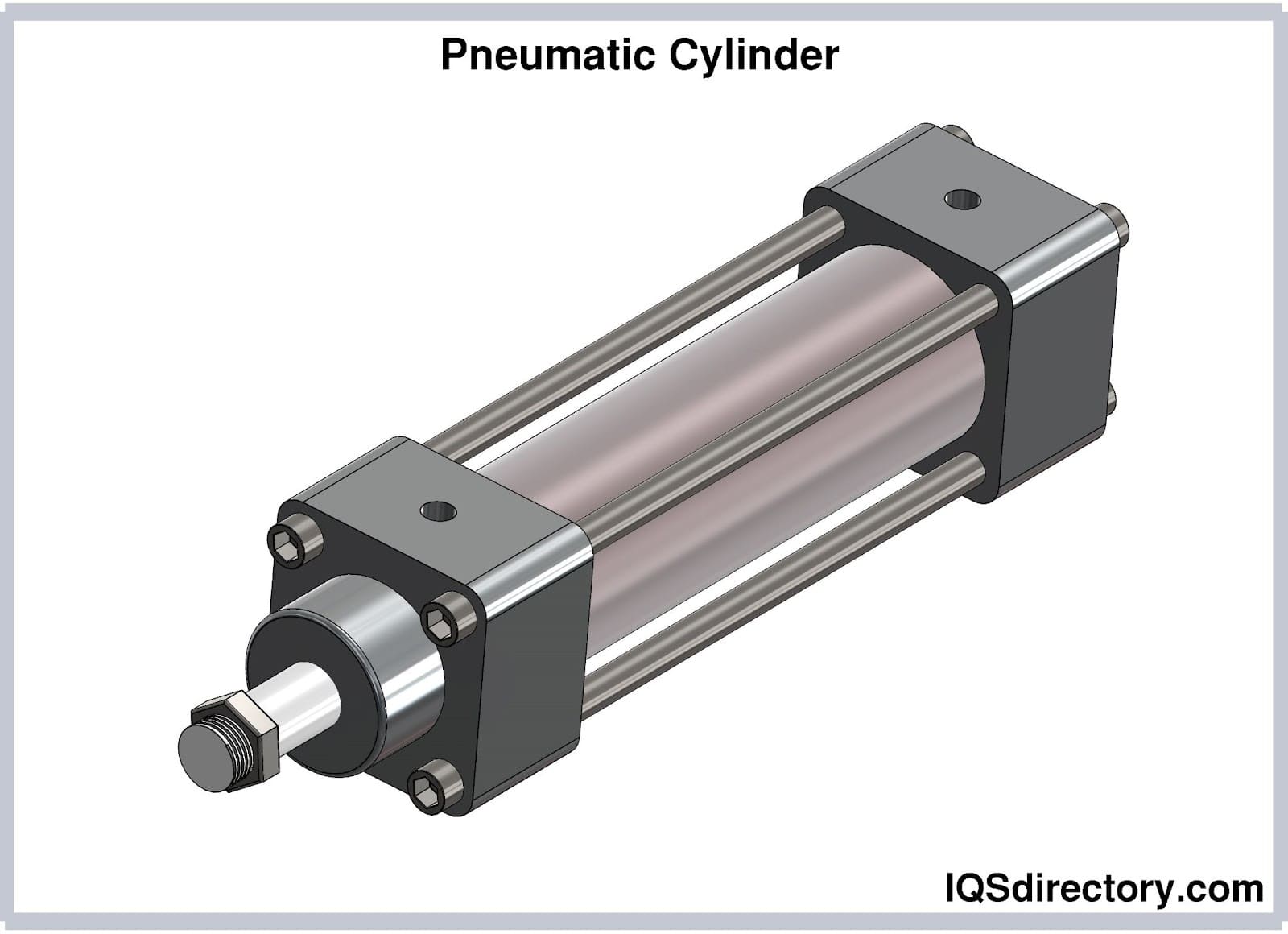
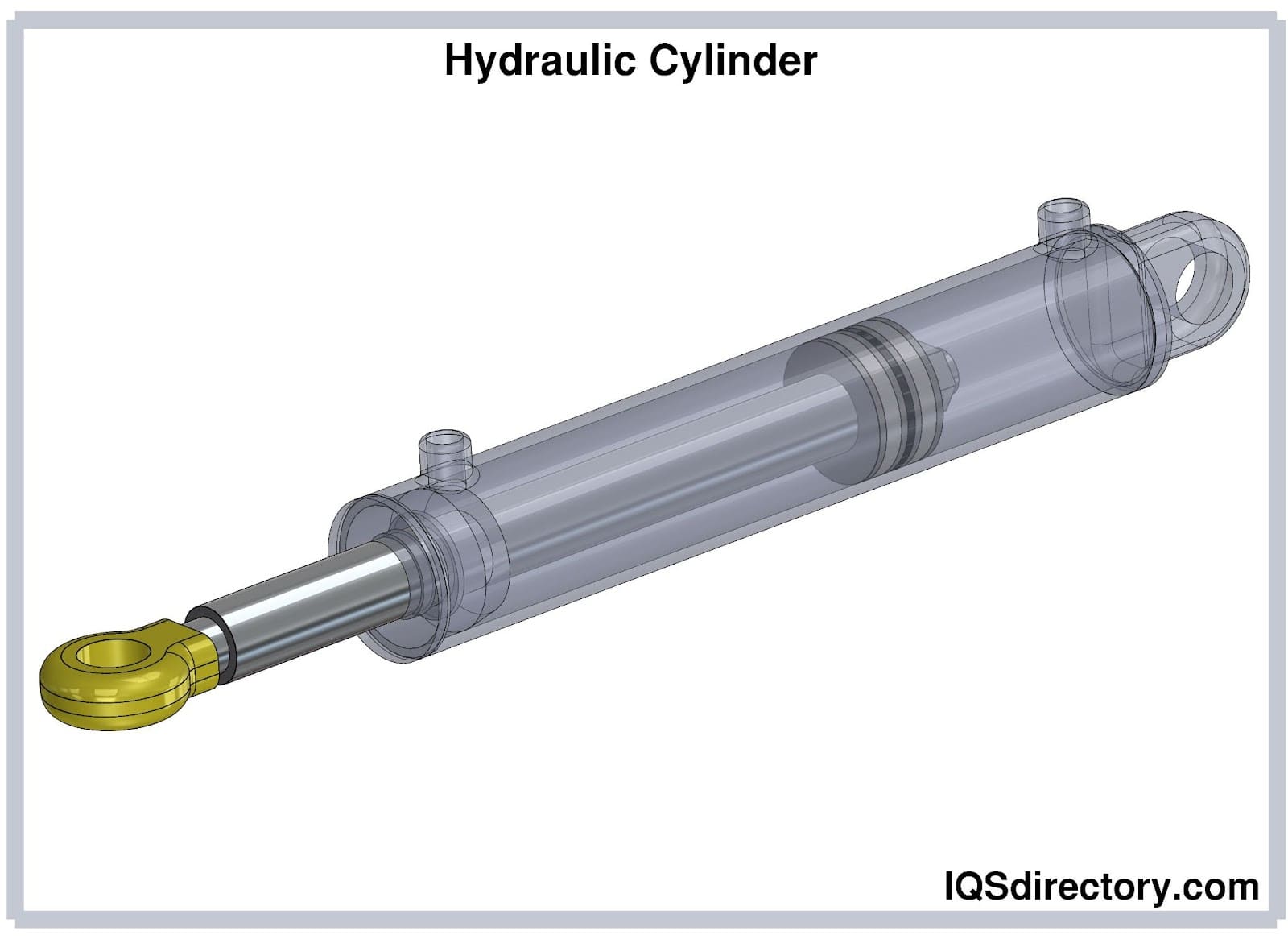
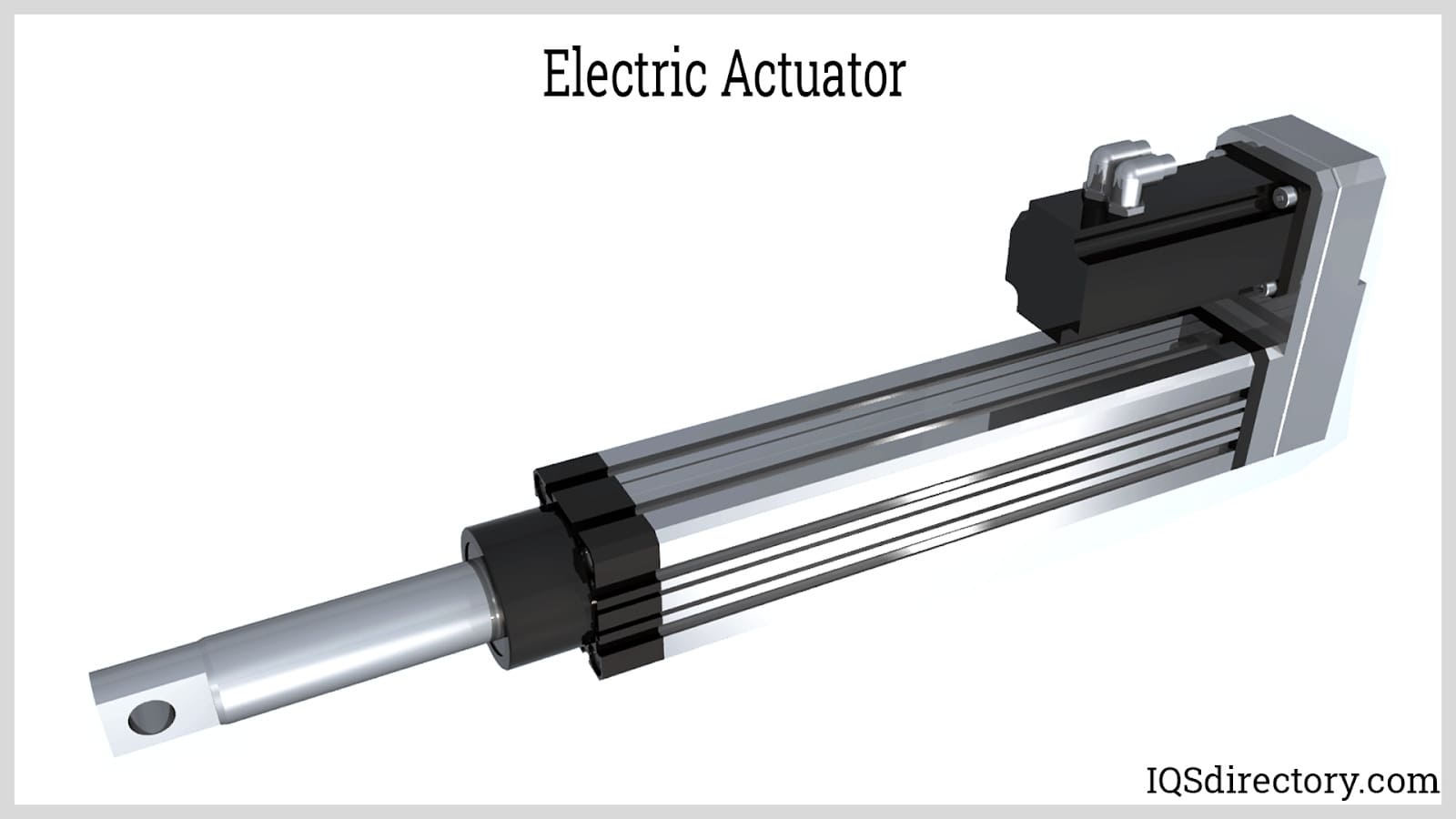
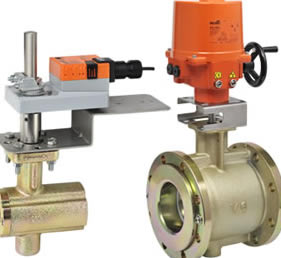 Ball Valves
Ball Valves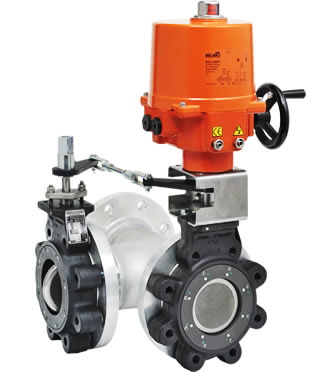 Butterfly Valves
Butterfly Valves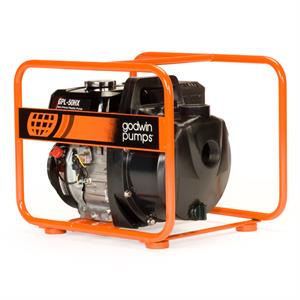 Centrifugal Pumps
Centrifugal Pumps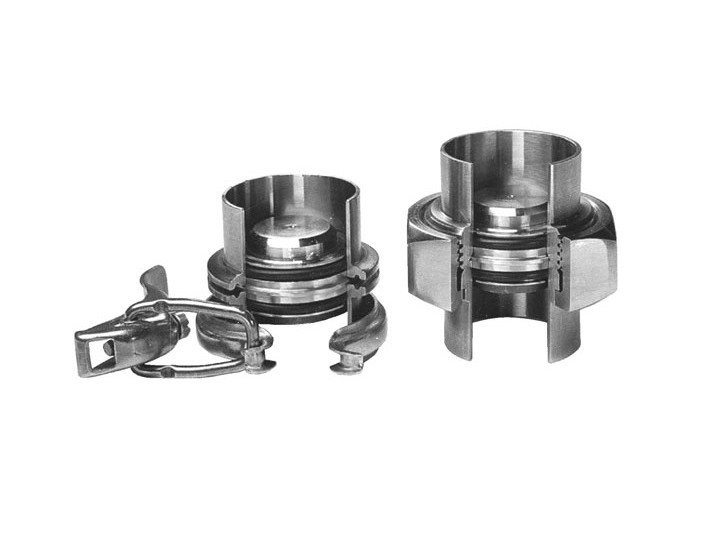 Check Valves
Check Valves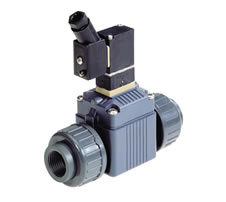 Diaphragm Valves
Diaphragm Valves Flow Meters
Flow Meters Hydraulic Pumps
Hydraulic Pumps Hydraulic Valves
Hydraulic Valves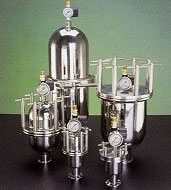 Metering Pumps
Metering Pumps Solenoid Valves
Solenoid Valves Vacuum Pumps
Vacuum Pumps Castings & Forgings
Castings & Forgings Bulk Material Handling
Bulk Material Handling Electrical & Electronic Components
Electrical & Electronic Components Flow Instrumentation
Flow Instrumentation Hardware
Hardware Material Handling Equipment
Material Handling Equipment Metal Cutting Services
Metal Cutting Services Metal Forming Services
Metal Forming Services Metal Suppliers
Metal Suppliers Motion Control Products
Motion Control Products Plant & Facility Equipment
Plant & Facility Equipment Plant & Facility Supplies
Plant & Facility Supplies Plastic Molding Processes
Plastic Molding Processes Pumps & Valves
Pumps & Valves Recycling Equipment
Recycling Equipment Rubber Products & Services
Rubber Products & Services